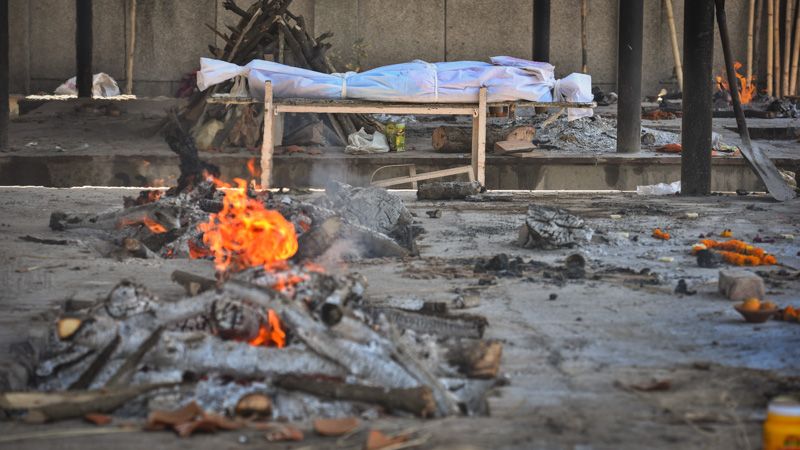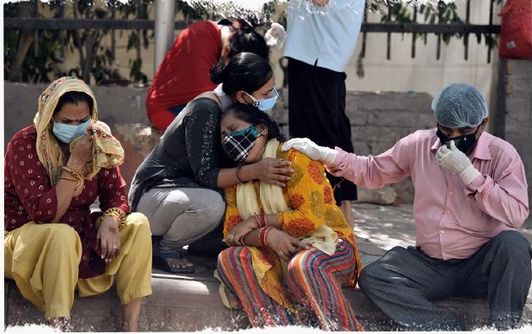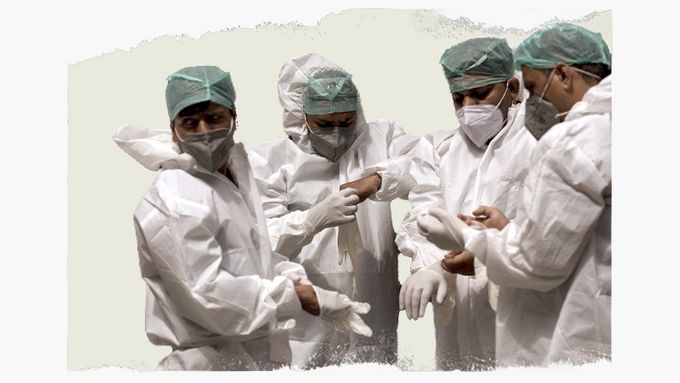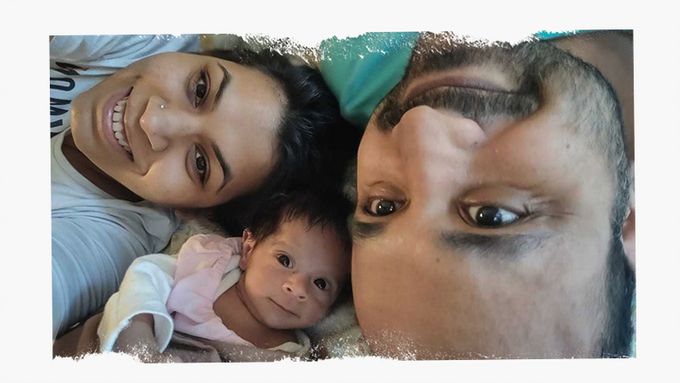India: The truth behind COVID numbers
By Charu Kasturi From OZY

  |
I hope you’ve been well. I write this letter to you from an apartment that’s a five-minute drive from where my wife and 2-month-old daughter are living. Yet I’m too scared to visit them, let alone hold my baby anytime soon. I tested negative for COVID-19 three days ago and have no symptoms. But I was recently on a plane. And, most crucially, I’m in India.
The world’s largest democracy is battling a devastating COVID-19 wave that has left its hospitals short of oxygen, its government out of ideas and its people increasingly without any hope in sight. More than 350,000 people were infected on Sunday and more than 2,800 people died. But those numbers, like all statistics, tell only a part of the story. A severe shortage of testing kits means many Indians who are carrying the virus can’t get tested. Meanwhile, hospitals are only admitting patients who have tested positive, creating conditions where many who are dying from COVID-19 simply aren’t being counted.


Who will the pandemic take next? That’s the question I’ve been pondering as I wait for the next WhatsApp message, text or Facebook alert with a cry for oxygen or worse, news of another death. Just last week, I lost a cousin and two friends, all in their 30s. I have uncles, aunts and other friends who are battling for life. These are all people who come from backgrounds of reasonable privilege. But even money and connections can’t buy them basic health care at the moment. No one knows if their oxygen supply will be intact by the time you read this. These are the experiences of millions of Indians like me. I can’t take any risks with my wife or daughter, because right now, if you need critical care in India, you might as well start saying your final goodbyes.
So how did India, the world’s largest manufacturer of vaccines and a pharma industry giant, turn into this picture of desperation, so woefully underprepared for this wave? Over the past year, the government of Prime Minister Narendra Modi failed to build oxygen plants and expand hospital facilities. Earlier this year, when cases were low, Modi’s party even declared victory over COVID-19, crediting the prime minister for his leadership. Hubris has a way of biting back — though it invariably hurts not those guilty of it, but those most vulnerable.


Still, this isn’t only about India. Michigan’s hospitals are quickly filling up with younger patients amid a surge in infections there, even as America aggressively vaccinates its population. If this pandemic has taught us anything, it’s that the virus knows no borders. The double mutant variant of COVID-19 that’s wreaking havoc in India will, sooner or later, spread to other parts of the world. It’s already been detected in Greece.
Yet I’m also spotting a silver lining. Complete strangers are helping each other source oxygen and hospital beds on social media platforms, showcasing the best of humanity in a time of shortage that could so easily have brought out our worst instincts. Ignoring the tensions between their countries, ordinary Pakistanis are offering aid and solace to Indians in strife. In the U.S., the American Association of Physicians of Indian Origin is sending oxygen concentrator machines to India. You can contribute to their efforts here.


| Over the next few weeks, OZY will continue to ask difficult questions: How can countries partner better to break this cycle of deadly COVID-19 variants battering different nations yet threatening us all? Are there lessons to be learned from past efforts against polio or HIV/AIDS that brought the world together? Are there out-of-the-box solutions we’re simply not thinking of? Please write to us with your thoughts. And if you have Indian friends, tell them you’re thinking of them. There’s only one way we can get past this. Together. EMAIL US |
| Sincerely, Charu Sudan Kasturi, Senior Editor |





